Education
Far too many children don’t have access to a basic quality education. Although great advances have been made, progress has slowed and much work remains to be done to ensure quality learning opportunities for every child.
More than 1 in 4 primary aged children – an estimated 250 million children worldwide – are not learning to read and write, despite being in school or other educational settings. A further 61 million primary aged children – 1 in 11 children globally – are out of school, along with 202 million of secondary school age. Girls represent more than half the out-of-school population.
Save the Children’s education programs vary according to local contexts but our goal is clear: to do our part to achieve access to quality learning for boys and girls to succeed in the future.
How We’re Helping Improve Education:
- Girls are supported to access gender equitable education and learn to their full potential
- Children and youth in our programs demonstrate better learning outcomes
- Boys and girls in educational spaces are physically safe with their wellbeing supported
- Educational spaces promote active teaching/learning methodologies and are supported by engaged parents and communities
- Children affected by humanitarian crises are able to access safe learning opportunities and achieve better learning outcomes
- Youth with access to educational opportunities are positioned to achieve success throughout their lives
- Improved policy and practice to explicitly address barriers to learning and factors driving exclusion from children and youth access to quality education
Our Approach to Education
We focus on Basic Primary and Secondary Education, Education in Emergencies, Early Childhood Education and Cross-thematic Education and Child Protection initiatives. We work with local governments and communities to develop innovative, evidence-based and sustainable approaches to improving education for the most deprived children in some of the hardest to reach areas of the world. We work to remove barriers to education (discrimination, social and gender norms, poverty) so that every girl and boy has the chance to go to school. We are also global leaders in education policy and advocacy work, we work with governments and advocate for and implement policies that are inclusive for the most disadvantaged children and youth, such as through our campaign to increase education financing.
Based on years of research and consultation with individuals, partners and organizations around the world, we have developed a range of evidence-based approaches to tackling some of the biggest challenges in education around the world. You can learn more about our education approaches and examples of our projects below.
Explore Our Education Programs
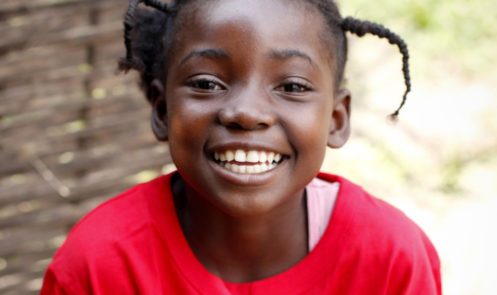
Girls’ Education
We recognize that across the world, girls face particular challenges in accessing education and learning. We have developed an evidence-based approach to improving girls’ education.
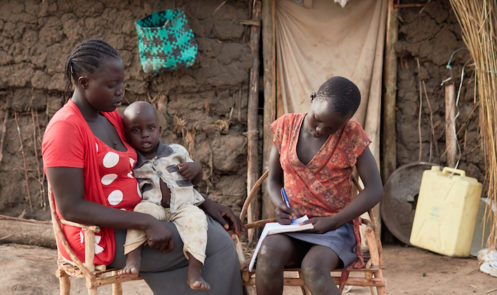
Education in Emergencies
We are global leaders in the supporting life-saving education in emergencies to ensure children affected by conflict and natural disasters do not miss out on their right to learn and strive for a better future.
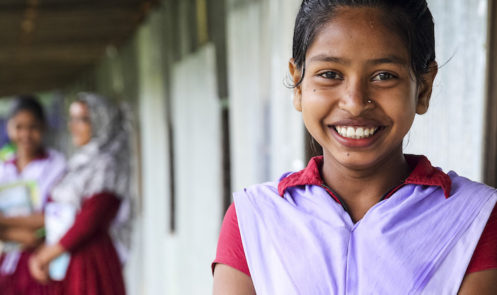
Quality Learning Framework
We work with schools, governments and communities to build inclusive quality learning environments in which all children are engaged by effective teachers and supported by their parents, community and school leadership.
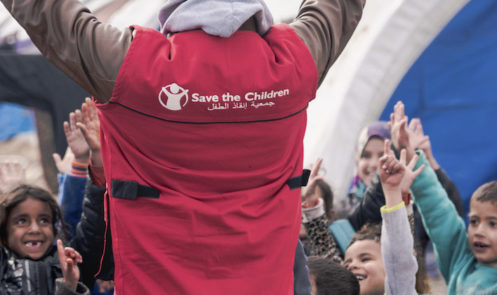
Safe Schools
We work to make schools more safe and protective for children living in areas affected by violence, conflict, and natural hazards through our Safe Schools approach.
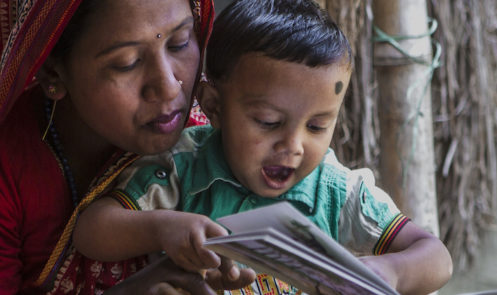
Literacy Boost
To ensure that all children develop the foundational skills they need to succeed, we have developed approaches such as literacy boost, which has demonstrated strong evidence of improvements in children’s reading across more than 25 countries.
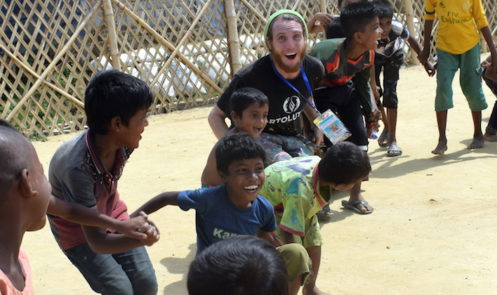
Ready to Learn
Early years are crucial for children’s development and lay the foundations for their future success. We support parents, caregivers, and teachers to provide children with the foundational skills they need to learn through play and nurturing care.


